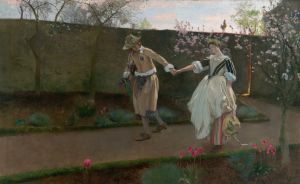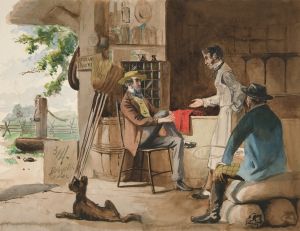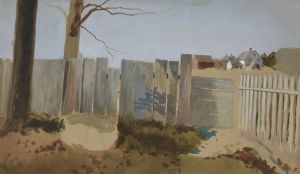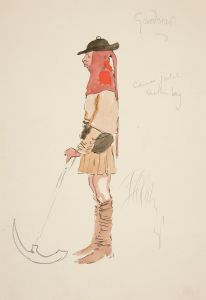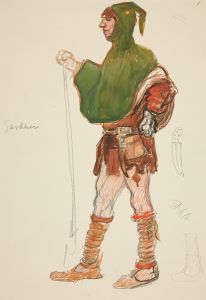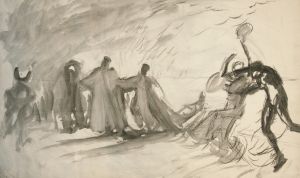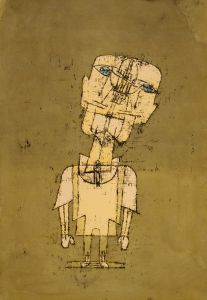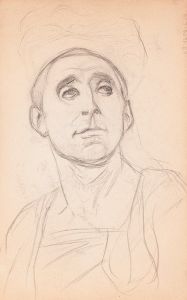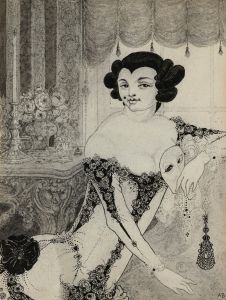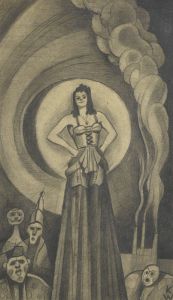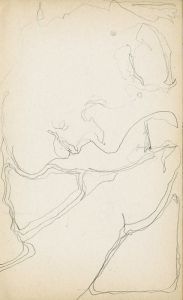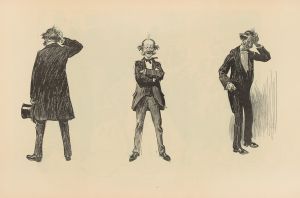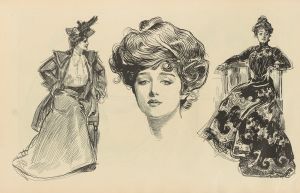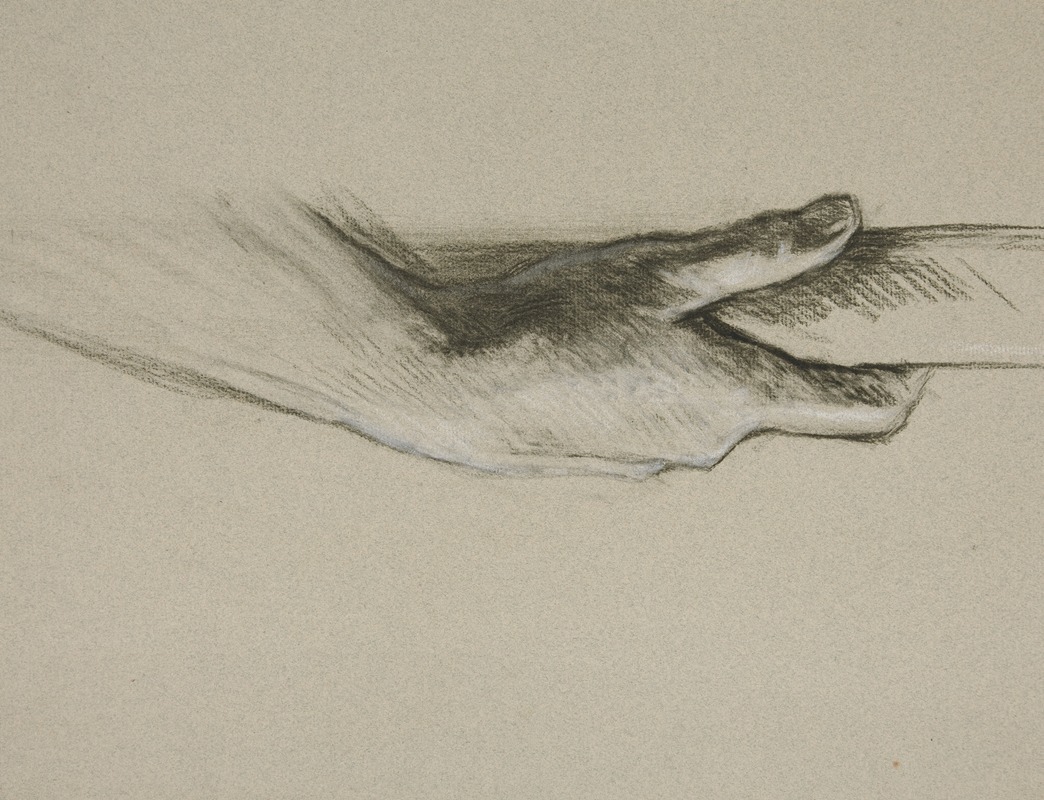
Sketch of one hand grasping a pole
A hand-painted replica of Edwin Austin Abbey’s masterpiece Sketch of one hand grasping a pole, meticulously crafted by professional artists to capture the true essence of the original. Each piece is created with museum-quality canvas and rare mineral pigments, carefully painted by experienced artists with delicate brushstrokes and rich, layered colors to perfectly recreate the texture of the original artwork. Unlike machine-printed reproductions, this hand-painted version brings the painting to life, infused with the artist’s emotions and skill in every stroke. Whether for personal collection or home decoration, it instantly elevates the artistic atmosphere of any space.
Edwin Austin Abbey was an American artist known for his illustrations and paintings, particularly those depicting Shakespearean and Victorian subjects. Among his works, "Sketch of one hand grasping a pole" is a lesser-known piece that showcases Abbey's skill in capturing intricate details and the human form. Abbey was born on April 1, 1852, in Philadelphia, Pennsylvania, and he developed an interest in art at a young age. He studied at the Pennsylvania Academy of the Fine Arts and later moved to New York City, where he worked as an illustrator for Harper's Weekly and other publications.
Abbey's career took a significant turn when he moved to England in 1878. There, he became associated with the Pre-Raphaelite Brotherhood and was influenced by their attention to detail and vibrant use of color. Abbey's work often reflected a blend of American and European artistic traditions, and he gained recognition for his ability to depict historical and literary themes with great accuracy and emotion.
"Sketch of one hand grasping a pole" is an example of Abbey's proficiency in drawing and his keen observation of the human anatomy. While the specific context or purpose of this sketch is not widely documented, it is likely that it was part of Abbey's preparatory work for a larger composition or illustration. Artists often create such sketches to study the form and movement of the human body, and Abbey's sketch demonstrates his meticulous approach to capturing the nuances of a hand's grip and the tension in the muscles.
Throughout his career, Abbey was known for his dedication to historical accuracy and his extensive research into the subjects he depicted. This commitment is evident in his larger works, such as the murals he created for the Boston Public Library and the Pennsylvania State Capitol. Abbey's attention to detail and his ability to convey the essence of a character or scene made him a sought-after illustrator and painter during his lifetime.
In addition to his artistic achievements, Abbey was also a member of several prestigious art institutions. He was elected to the National Academy of Design in 1902 and became a full member of the Royal Academy in London in 1898. Abbey's contributions to the art world were recognized by his peers, and he was highly regarded for his technical skill and artistic vision.
Edwin Austin Abbey passed away on August 1, 1911, in London, England. His legacy continues to be celebrated through his numerous works, which remain influential in the fields of illustration and painting. While "Sketch of one hand grasping a pole" may not be as widely known as some of his other pieces, it serves as a testament to Abbey's talent and his ability to capture the intricacies of the human form with precision and grace.





